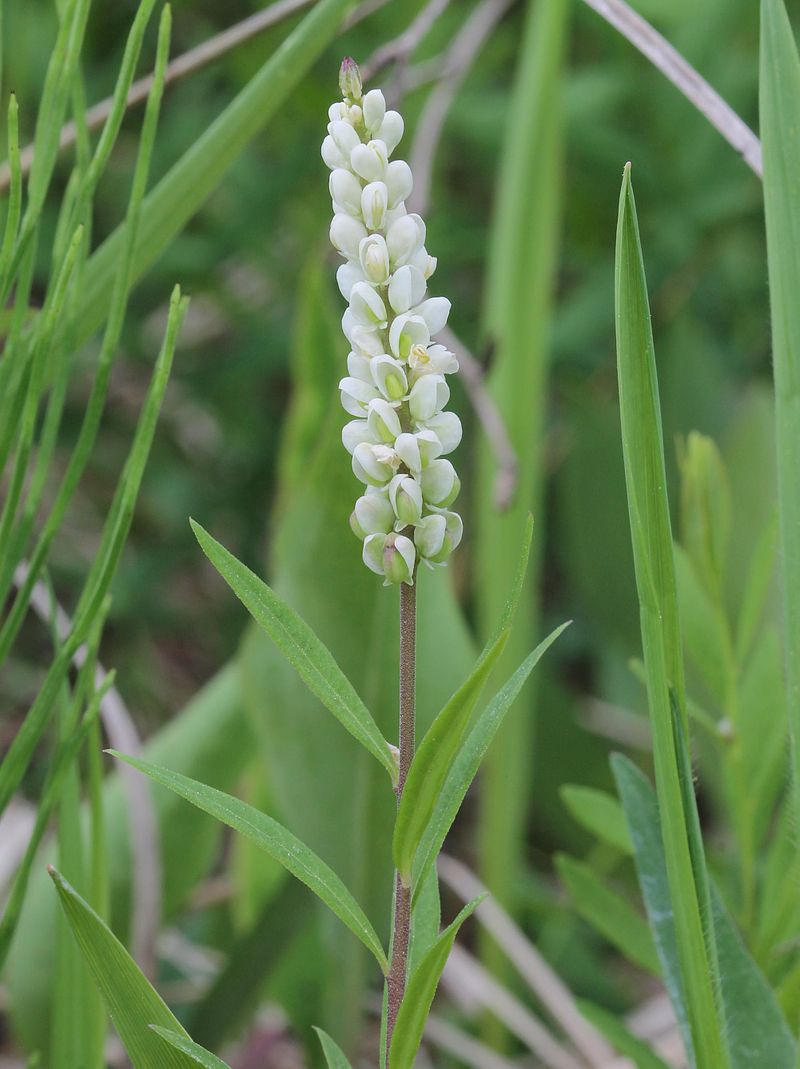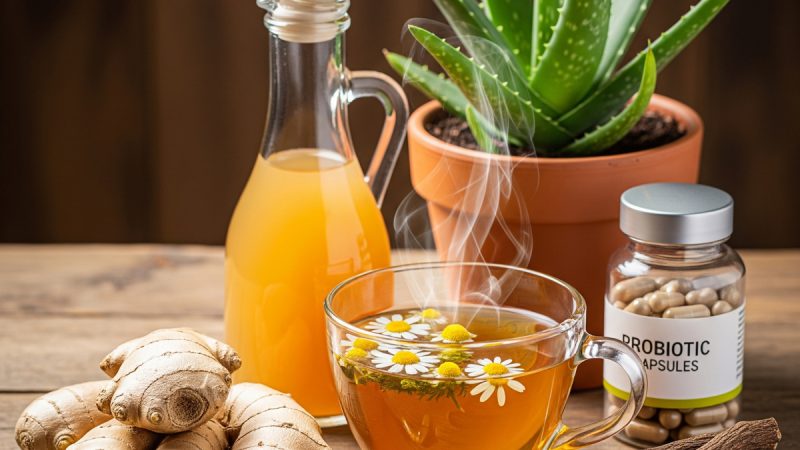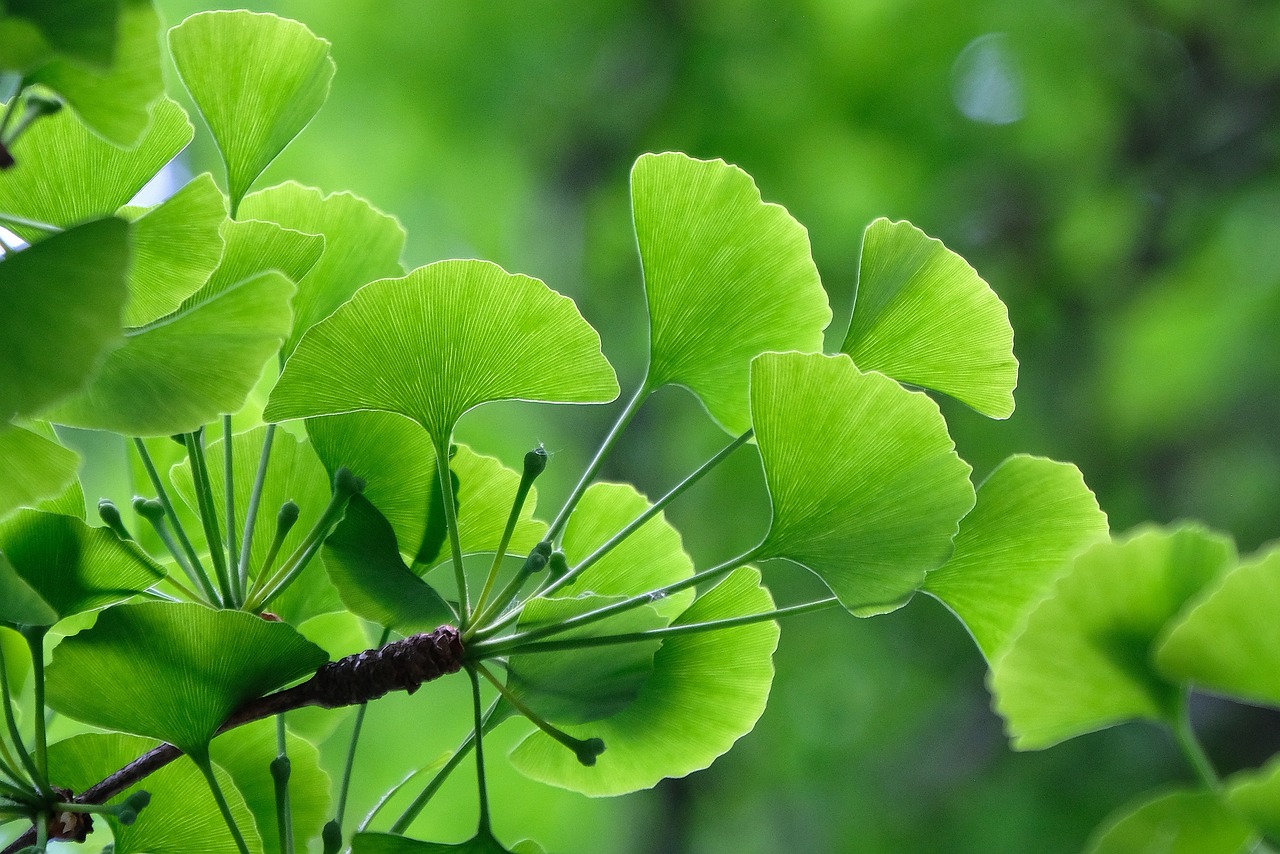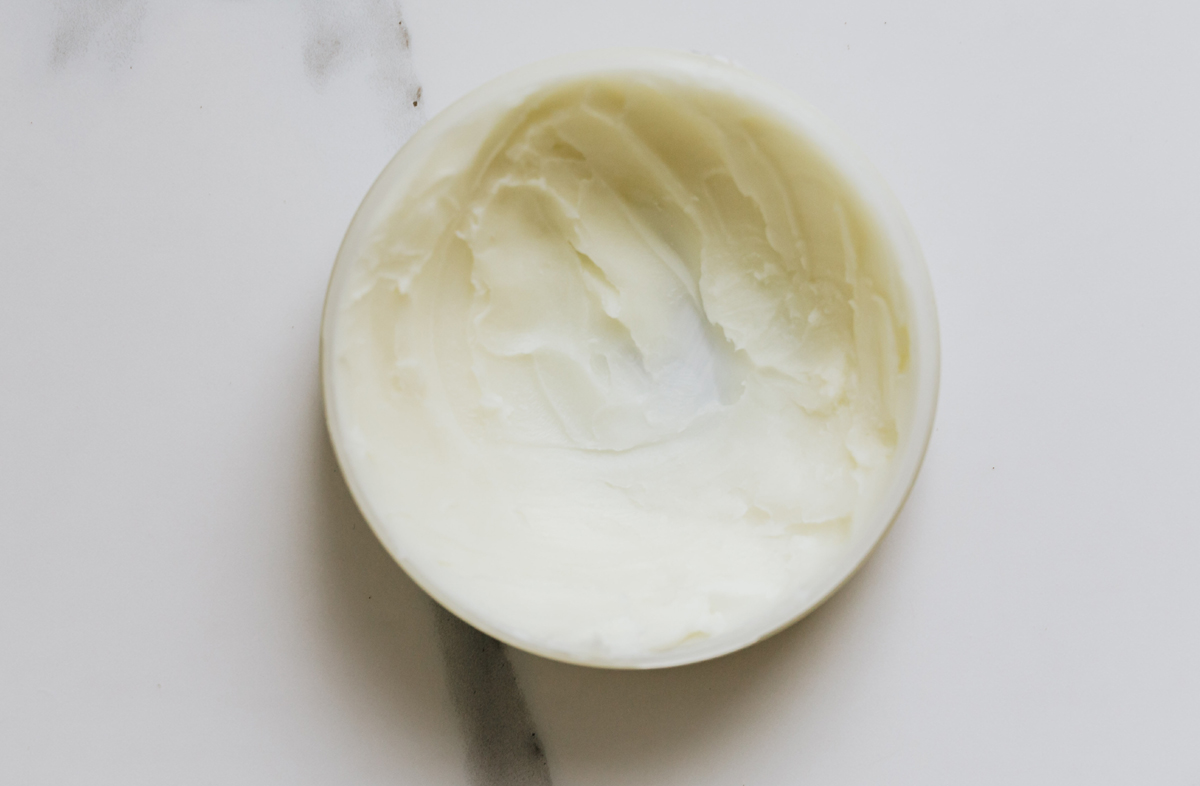Seneca Root Still A Great Cold Remedy!

Seneca root, also known as snake root, has a long history in North American native diets. Its use as a remedy for colds is well-known. In fact, until the early 1970s, many prairie First Nations people dug the root along roadways and gravelly waste lands, earning up to $14 per pound, “dry, clean & bright.”
As a child, I recall my First Nations friends and their parents working their way down Highway 6 in Manitoba in early July, digging Seneca root. By the time they had made their way from the Fairford reservation to Woodlands, most of the teenagers and adults had accumulated more than 200 pounds each, which they washed thoroughly, then dried in the sun on screens.
For the two weeks that it took for the root to completely dry, they moved into the Whiteshell Provincial Park region to pick wild rice. Between the two wild crops, many of the Fairford residents earned upwards of $6,000 for two months of extremely back-breaking labour.
Seneca root has been one of several cold remedies used by the original citizens of North America for hundreds of years. However, as chemical solutions to pharmacy have become the preferred method of illness control, the commercial use of Seneca has almost disappeared. Yet, our family continues to rely on a chewed root at the first sign of congestion, with almost 100% success.
Seneca root is found from New Brunswick to Alberta, from northern Manitoba to Missouri & North Carolina. The plant sends up 5 – 20 shoots from the circular head of the root, just above the ground. By late June, these shoots are crowned with a cone-shaped white cluster of flowers about 3/8 inch long.
Although many people in the 1900s harvested the plant in the early summer because of the ease of identification, the best time to dig is in early September, when the essential oils are concentrated in the root and the leaf bunches are tinged a deep red.
Once harvested, Seneca roots should be broken from the leaf clusters, washed thoroughly and dried completely, either in a dehydrator, or on a screen in a well-ventilated area. Roots can be stored as is, then ground in a coffee bean grinder and used as a tea, or eaten whole. Beware, though, as the taste is quite powerful, with an astringent taste stronger than Buckley’s cough syrup! Remember, a spoonful of sugar helps the medicine go down!
The Author:
Among other interests, Robert Lee is a writer who focuses on ethical considerations in business and living life simply. He is the author of six books, including The Last Drop of Living, A Minimalist’s Guide to Living The High Life On A Low Budget and Wild People I Have Known. His blogs include http://movingtoayurt.blogspot.com, as well as blogs on minimal living, finding your oasis in life (findingtheoasis.blogspot.com), harvesting wild plants and eco-innovations.
Visit us at http://eatingwild.blogspot.com/ for more wildcrafting articles.








